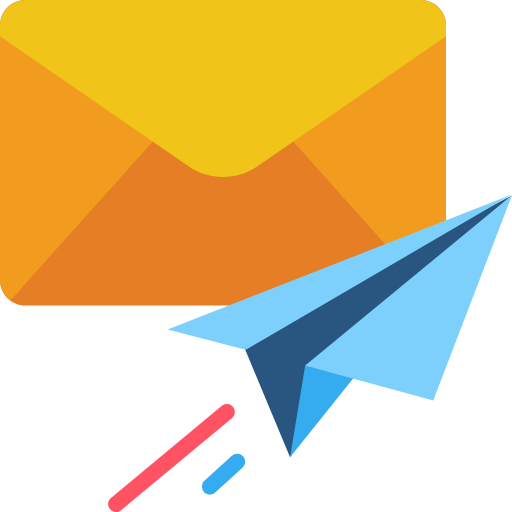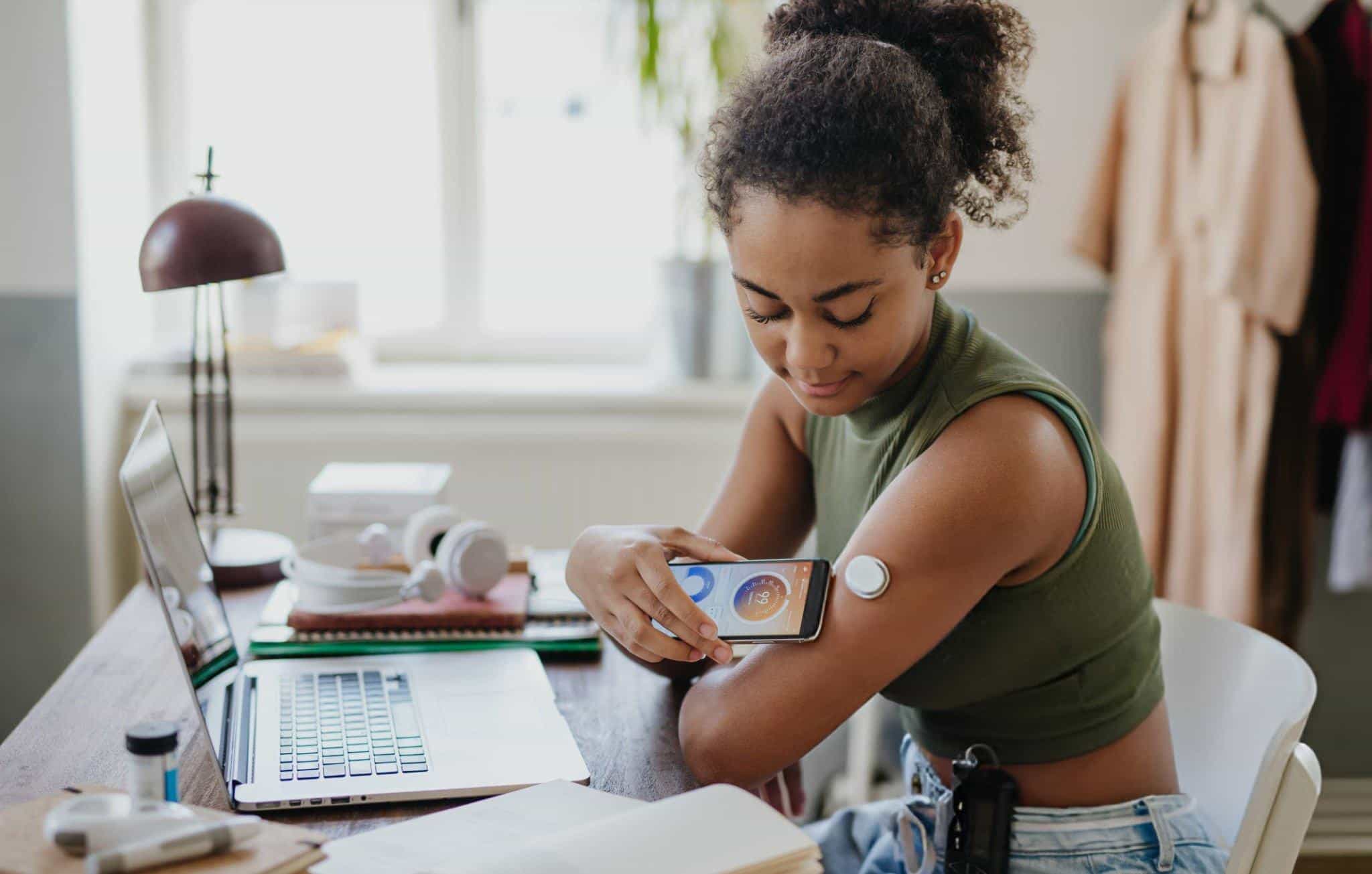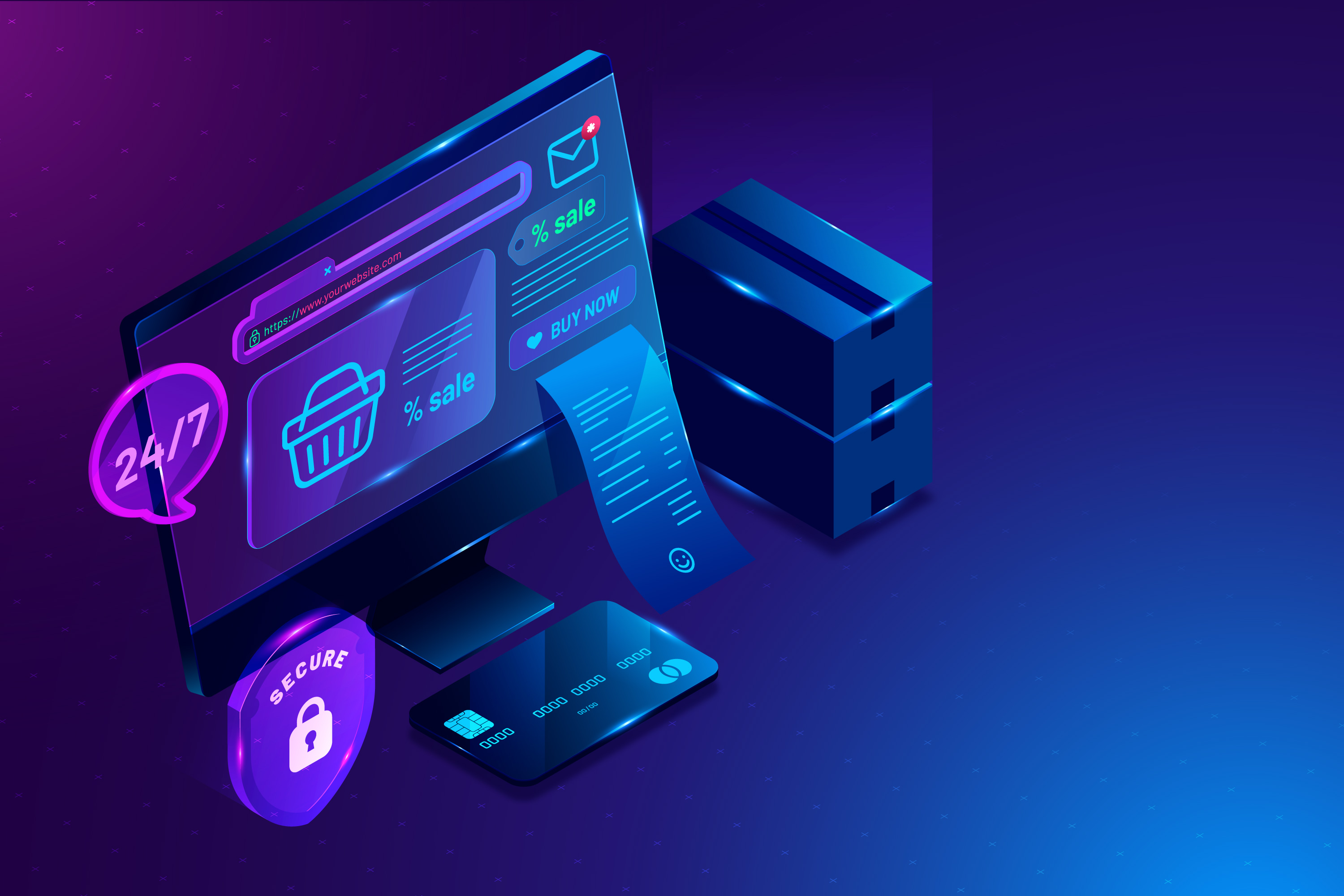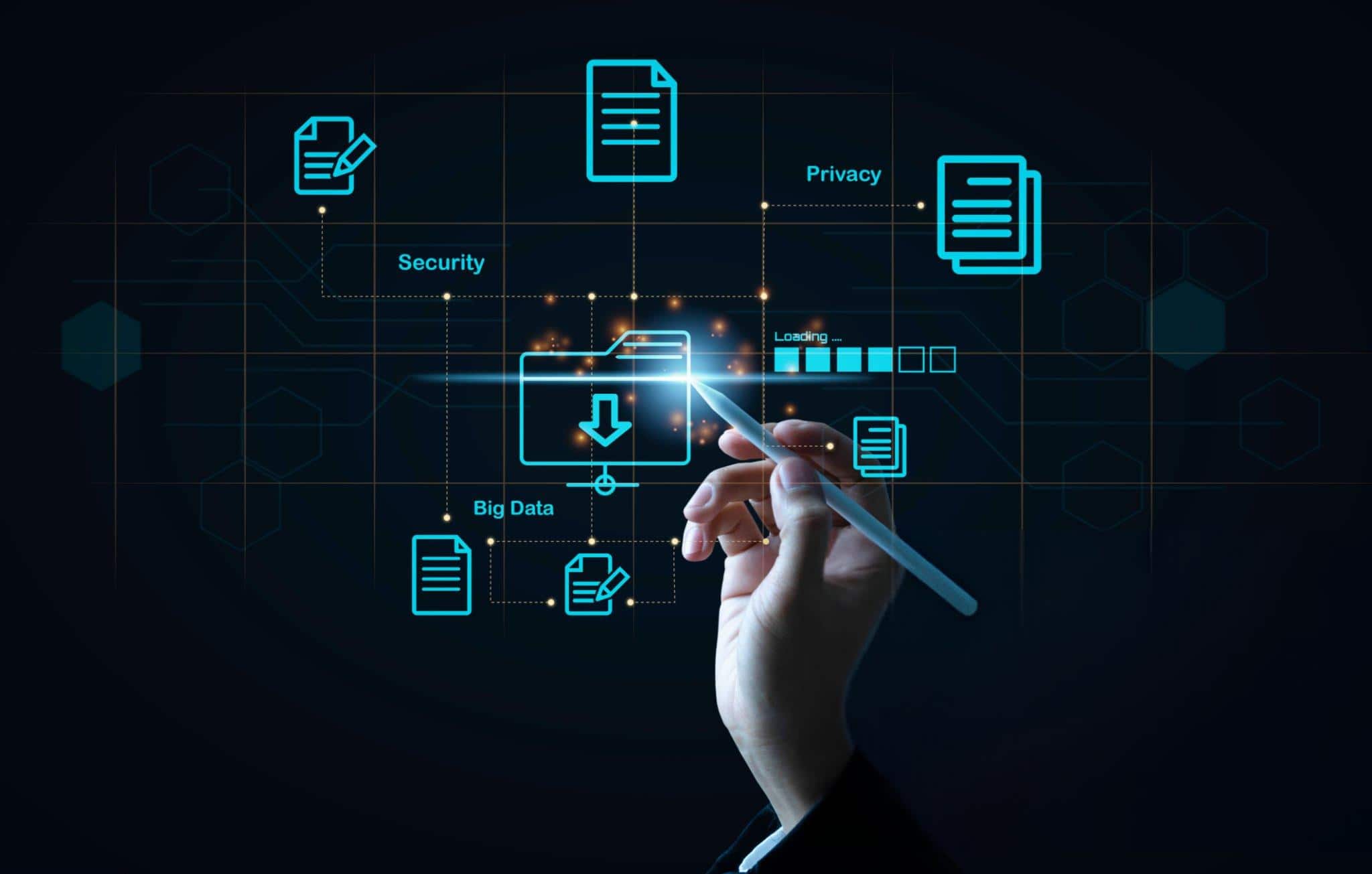Designing for Digital Well-Being: How Apps Can Promote Healthy User Interactions
This article explores how business apps can enhance digital well-being by managing notifications, promoting breaks, and reducing digital fatigue for a healthier work-life balance.
Technology has entered every aspect of our lives, taking over everything we do. It is deeply integrated into our work lives, too, as it influences how we communicate, collaborate, and even unwind.
Business-focused apps have been designed in a way that maximizes productivity and connectivity. There is a side-effect of these apps that is quite common. This is the digital overload, stress, and distractions it contributes to, especially in high-pressure workplace environments. According to Forbes, 96 percent of employees say they are overloaded, and workplace tools are not helping them.
In response, developers are rethinking user experience with a stronger focus on digital well-being. This means creating apps that can help users maintain a healthy balance between work and rest while ensuring peak efficiency.
We explore how apps can be designed to promote healthy user interactions and reduce digital fatigue.
Mental Health and Digital Well-Being
Mental health has been a big concern over the past decade, with over 74 percent of employees reporting it in the negative at their workplace. It is a good idea to look into strategies that prioritize mindful engagement.
High screen time in business apps is a potential cause as employees find themselves tethered to these screens for long hours. This constant connectivity can lead to mental health issues and burnout, along with reduced focus.
According to the NIH, prolonged screen time is a significant concern for the physical and mental health of users. This also affects their overall well-being.
Explore our Hospital Management Software Guide to discover the best features, benefits, and solutions tailored for healthcare efficiency.
Key Strategies for Promoting Digital Well-Being in Apps
For professionals juggling demanding workloads, incorporating digital well-being features into business apps is critical. Here are a few ways this can be implemented:
Mindful Notification Management
One common culprit in this epidemic of digital fatigue in the workplace is the relentless stream of notifications. Smart apps and device settings can help. Personalized notification settings allow users to prioritize critical alerts while silencing non-essential ones, which is especially useful during periods of deep work.
For instance, an app can automatically adjust the notification alert settings based on the time of day or user activity patterns. This helps users stay focused and avoid the stress associated with constant interruptions.
Encouraging Regular Breaks
According to a ResearchGate study, cognitive performance can severely decline in the absence of regular breaks. Apps that integrate break reminders help users manage their screen time as well as their health.
These reminders can be customized to suggest micro-breaks at the desired intervals. As an example, many apps and smartwatches have ‘water break’ notifications as an option to take a micro-break.
This helps reduce mental fatigue and eye strain, resulting in a more balanced work routine and better well-being.
Data-Driven Personalization for Healthy Interactions
Business apps include data analytics that offers personalized recommendations for managing digital usage. By tracking user interactions and screen time patterns, these apps provide insights into when users are most prone to fatigue.
Personalized dashboards and alerts can suggest tailored break schedules or alternative task arrangements, helping professionals maintain a balanced work routine.
Digital Well-Being and Legal Considerations
As the workplace becomes increasingly digital, employees' interactions with technology are also drawing legal attention. Digital engagement cannot be infinite for employees.
Recent cases like the video game lawsuit highlight how addictive gaming apps can harm users. Similarly, addictiveness in business apps can have a detrimental effect on employees.
When designed without proper consideration for user well-being, digital tools can contribute to anxiety, stress, and even burnout.
TorHoerman Law observes that many video games are intentionally designed to be addictive for maximum engagement. These apps need to be redesigned and tailored to improve users' well-being.
Pseudo Work
Digital well-being initiatives aim to create a more balanced work environment by encouraging breaks and reducing ‘pseudo work.’ Answering non-essential emails all day may look like work, but it is not real work. This is because it is not productive for the organization.
The work done in front of screens has to be impactful, not done simply to look busy. Also, many 9-to-5 jobs are focused on working hours, ignoring the fact that different employees have different times of ‘peak productivity.’
App design can help minimize this type of wasteful, non-productive work. Optimizing apps for less manual intervention can help employees focus on more high-impact work. Many apps can also help create flexibility so that rigid protocols do not stress out employees.
Healthcare professionals face digital overload daily. Discover how healthcare software with digital well-being features can improve focus, reduce fatigue, and enhance patient care.
The Future of Digital Well-Being in Apps
Digital well-being is like a missing pillar in modern app design.
As we look to the future, integrating advanced AI and emerging technologies will further enhance digital well-being, setting new standards for user experience. As AI gets mainstream, more app design elements can be easily added that can help with better user interactions.
For tech leaders, prioritizing these strategies is key to building a resilient, engaged, and satisfied workforce.

Subscribe & get all related Blog notification.





Post your comment